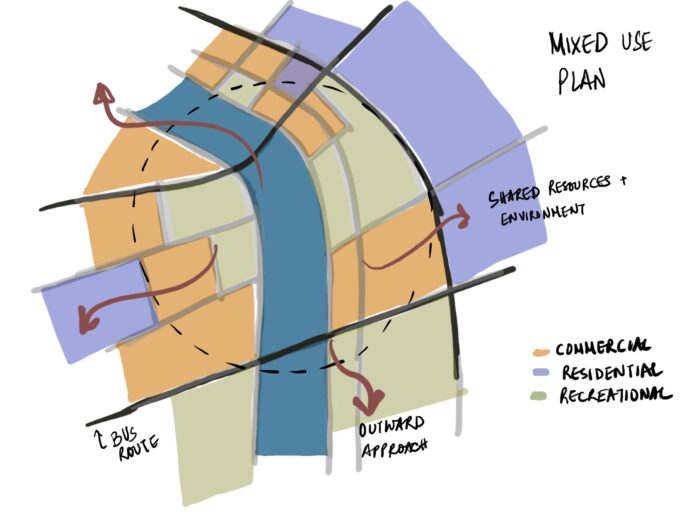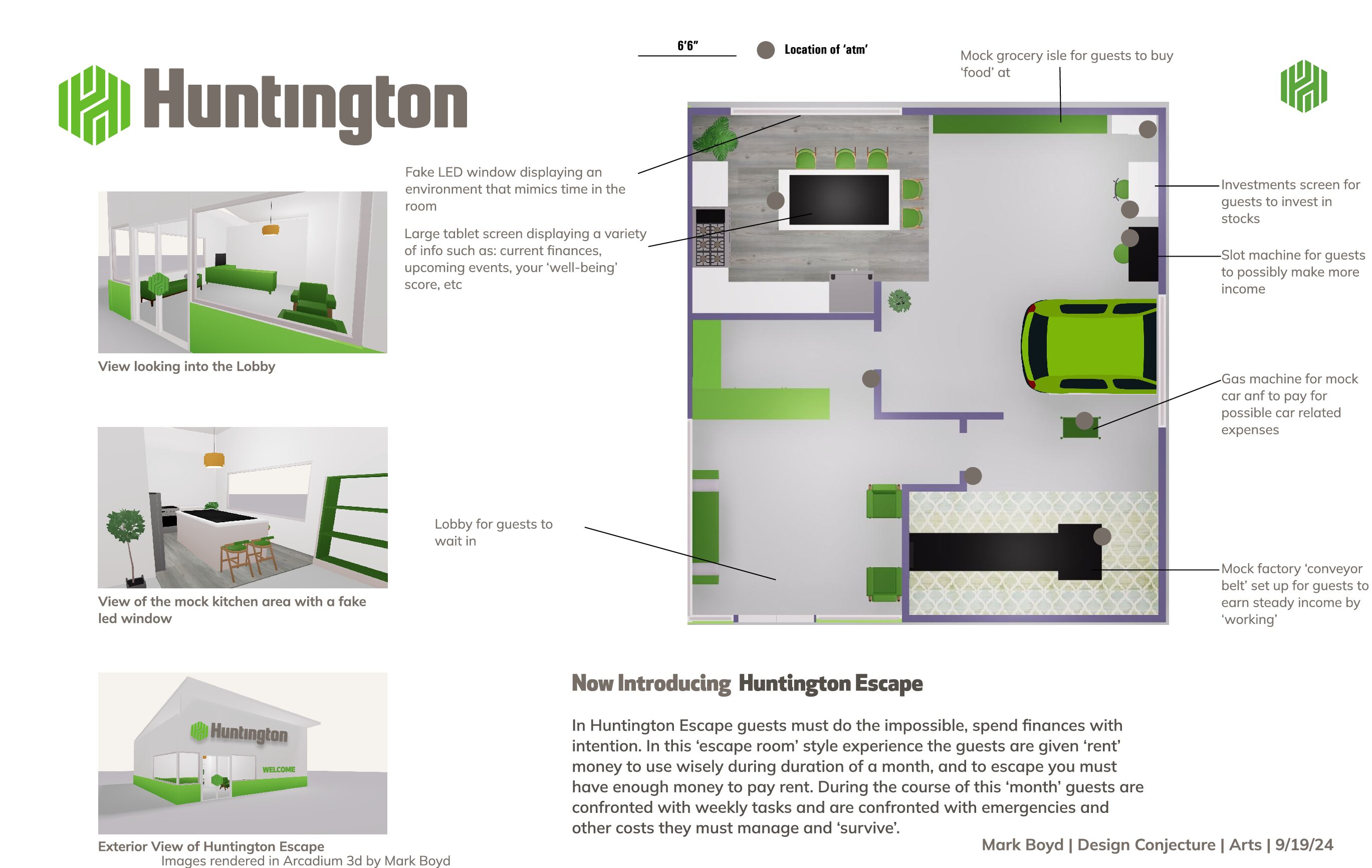The proposal presented here involves reforming neighborhood planning policy by promoting mixed land use plans as a means of reducing crime. The isolation of residential neighborhoods can create an environment in which criminal activity is more likely to occur, whereas the high footfall in commercial spaces during the day can act as a deterrent for crime. Despite growing diversity and spatial mobility, racial segregation remains a prevalent issue in American neighborhoods, which has an impact on access to education, amenities, and neighborhood safety.
It is rare for Americans to live in communities that are affordable, environmentally friendly, close to job opportunities, and racially and economically diverse, which has led some to view such communities as unrealistic or idealistic. While there is widespread acknowledgment that the economic system benefits the powerful, there is no consensus among the white majority that integration is necessary for creating a more equitable society. Attempts at racial integration without economic integration, such as gentrification, have generated considerable controversy within the urbanist movement.
The proposed planning initiative involves creating neighborhoods that have central commercial core and recreational spaces, surrounded by residential plots. This layout encourages shorter commutes for residents, leads to a more efficient sharing of resources, and reduces both traffic and resource consumption. This approach promotes a sense of community and fosters a more sustainable environment.




